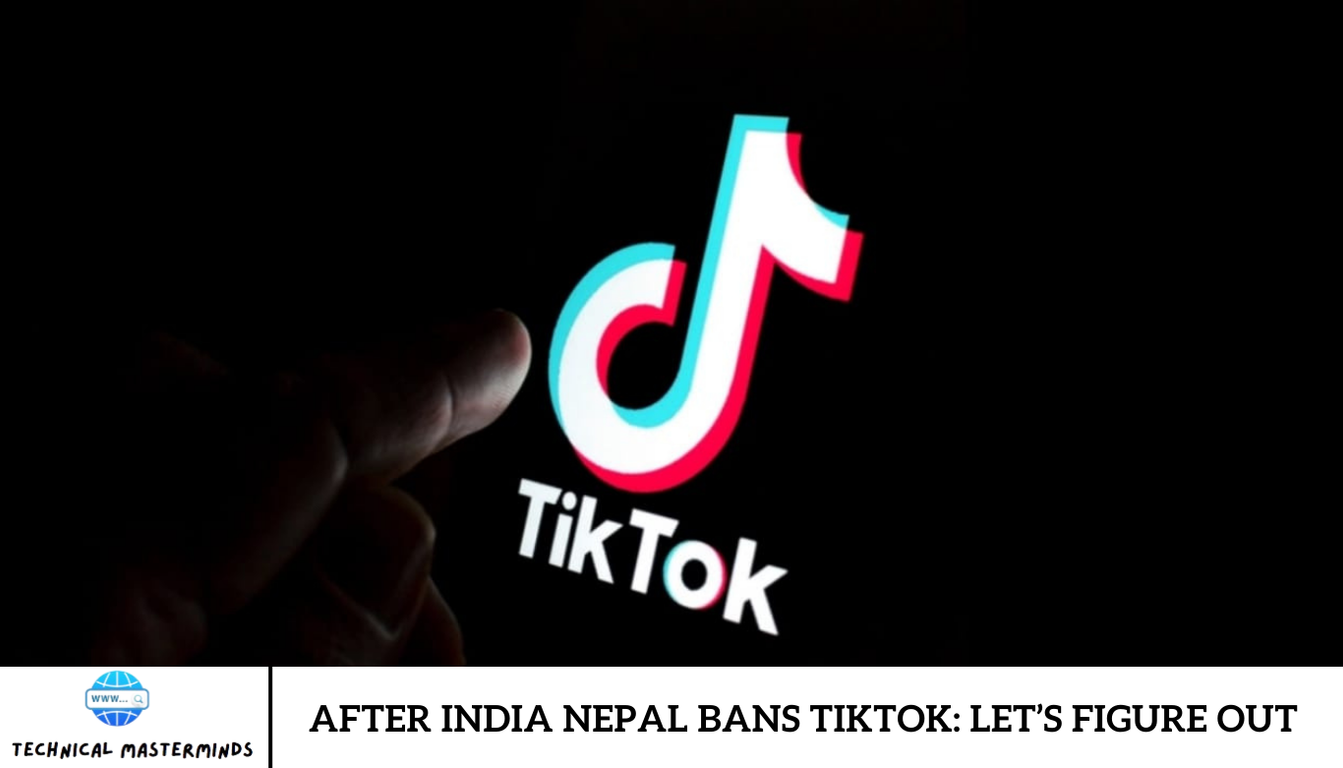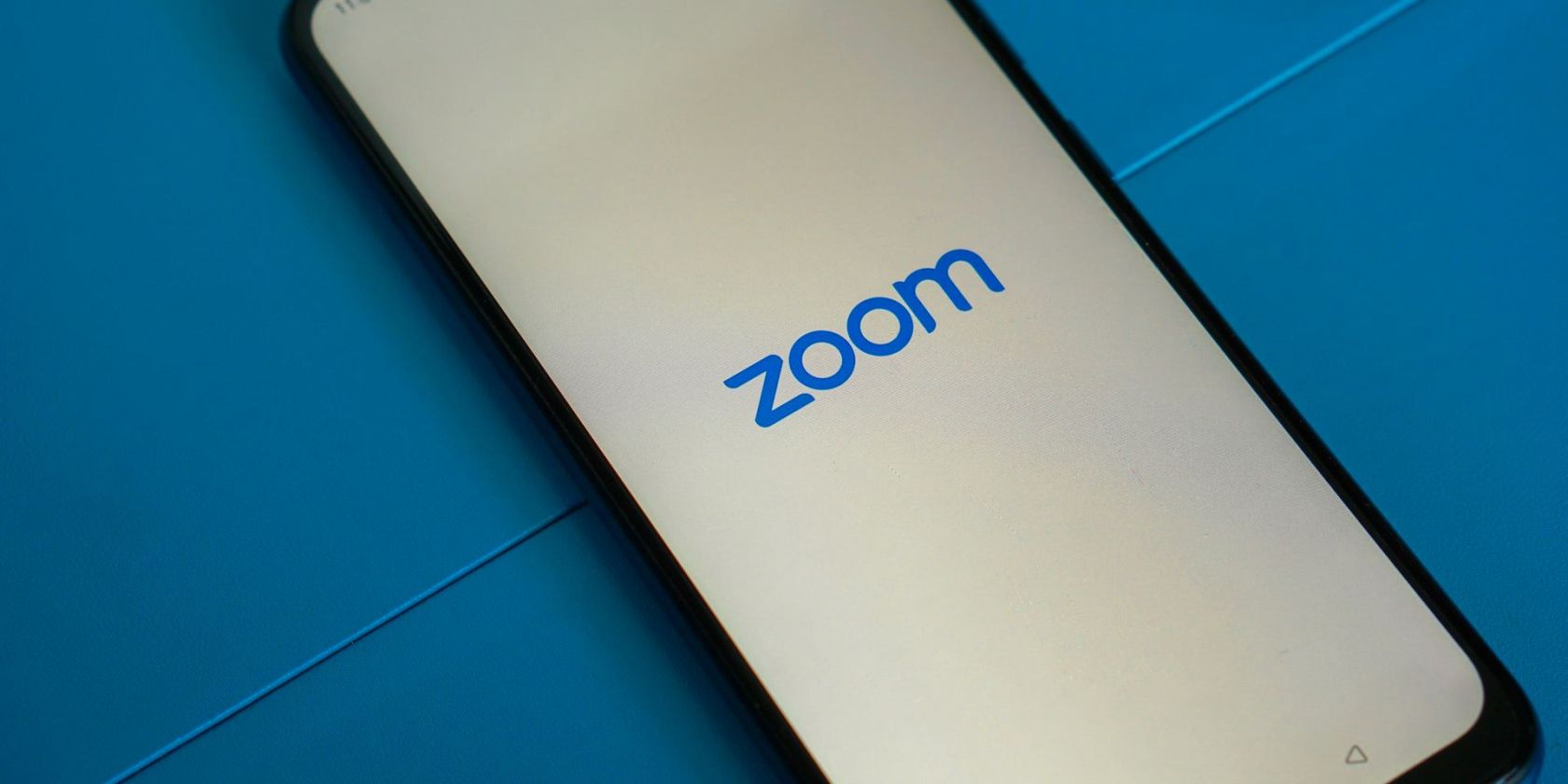Following India’s ban on TikTok, Nepal has banned the app, adding to the list of countries taking action against it. This article examines Nepal’s decision and delves into the global scrutiny that TikTok continues to face.
Nepal Bans TikTok Over Social Harmony Concerns: Full Details
On November 13th, Nepal officially banned TikTok during a cabinet meeting attended by government executives. The ban was prompted by concerns about the platform’s impact on social harmony, precisely its inability to effectively manage and prevent hateful content. This decision aligns with Nepal’s recent mandate requiring social media companies to establish liaison offices within the country.
Unveiling Concerns Over TikTok’s Negative Impact
Rekha Sharma, Nepal’s Minister for Communications & Information Technology, voiced worries about TikTok’s role in spreading harmful content. In an interview with BBC Nepali, Sharma emphasized the necessity of the ban due to the platform’s detrimental effects on social well-being. She revealed that over 1,600 TikTok-related cybercrime cases had been registered in the country, prompting swift government action. Telecom authorities were instructed to implement the ban immediately, shutting down some services on the same day.
Global Trend: TikTok Bans Across Borders
Nepal’s decision to ban TikTok joins a growing list of countries scrutinizing the app. Due to security concerns, nations such as Belgium, Canada, Taiwan, and several U.S. states have prohibited TikTok from being used on government devices. Pakistan has also repeatedly banned and then reinstated TikTok following promises to moderate ‘immoral/indecent content.’ Despite these bans and ongoing controversies, TikTok remains a pioneering platform for short-form video content, with Instagram Reels and YouTube Shorts later emerging to capitalize on the trend it set.
TikTok’s Response and Public Opinion
TikTok has labeled the ban as “misguided” and based on “misconceptions,” mirroring its stance on similar actions worldwide. However, criticism from various sectors, including senior political figures like Gagan Thapa from the Nepali Congress, indicates that some view the ban as an attempt to restrict freedom of speech.
The Ongoing Scrutiny of TikTok
Following India’s ban, Nepal’s recent prohibition of TikTok underscores the persistent global concerns about the app’s societal impact and its alleged role in cybercrimes. The debate over TikTok’s potential security risks remains divided. As Nepal enforces the ban, how other countries will address the challenges posed by this influential social media platform remains to be seen. Do you share concerns about TikTok’s impact, or should it be allowed without restrictions? Share your thoughts on Nepal’s decision to ban TikTok in the comments below!
Why Did India Ban TikTok?
In June 2020, India abruptly banned TikTok, operated by Chinese company ByteDance, following a deadly military clash along the India-China border. This ban was part of a more significant move that prohibited many other Chinese apps, signaling a substantial low in relations between the two nations.
The Indian government cited security and privacy concerns as the reasons for the ban, primarily supported by the public. Nikhil Pahwa, a digital policy expert and founder of the technology news website MediaNama, explained, “The government’s message was clear: how can we allow Chinese companies to do business in India during a military standoff?” Before the ban, India had already restricted investment by Chinese companies. Since then, over 500 Chinese apps have been banned.
How Did Users and Creators React?
At the time of the ban, India had about 200 million TikTok users, the most extensive user base outside of China, and the company employed thousands of Indians. TikTok users and content creators quickly sought alternative platforms in response to the ban. Google launched YouTube Shorts, and Instagram introduced Reels, mimicking TikTok’s short-form video format. According to Pahwa, these platforms promptly captured most of the market space left by TikTok.
Winnie Sangma, a former TikTok content creator, transitioned to Instagram, where he now has 15,000 followers. Although he continues making money on Instagram, he notes, “The experience isn’t how it used to be on TikTok.”
How India’s Ban on TikTok Differs from the U.S.
The U.S. measure against TikTok allows ByteDance, the app’s parent company, nine months to sell it before a ban would be enforced. This means the actual implementation of the ban could take at least a year and is expected to face legal challenges that could delay the process.
In contrast, India’s process was swift. TikTok and other companies were given a brief period to respond to questions about privacy and security, but by January 2021, a permanent ban was in place.
According to Nikhil Pahwa, a digital policy expert, “In India, TikTok chose not to go to court, but the U.S. is a bigger revenue market for them.” He also noted that American free speech protections make it more challenging for the U.S. to implement a ban than India.
Pahwa argues that as Chinese apps proliferate globally, countries should reduce their dependence on Chinese companies due to potential national security risks. He explained that Chinese intelligence and cybersecurity laws could enable Chinese apps to operate in the interest of their national security, fostering distrust and posing security risks to other nations.
Afghanistan, Nepal, and Pakistan have also banned TikTok, and many European countries have imposed restrictions on the app. Pahwa emphasized, “There should be different rules for democratic countries and authoritarian regimes where companies can act as an extension of the state.”
The Rise of TikTok in Nepal
As of January 2023, Nepal had 15.85 million internet users out of a population of 30.55 million, with 12.60 million active on social media. Facebook was the most popular platform, boasting 11.85 million users.
TikTok, launched in August 2018 by Beijing-based ByteDance, quickly gained popularity for its short-form video content tailored to user preferences. Critics argue that its AI and algorithms are addictive and unethical. TikTok ranks sixth among social media platforms globally, with 1.218 billion users.
TikTok has seen significant growth in Nepal, becoming a vibrant space for creators, influencers, and businesses. Although there are no official figures, experts estimate around 2.2 million TikTok users in Nepal as of 2022. A 2022 Sharecast Initiative Nepal survey involving 5,582 respondents found that 56 percent of the sample group used TikTok.
Increased Control Over Social Media
On November 9, 2023, Nepal introduced the Directive on the Operation of Social Networking 2023, a 15-point rule regulating social media through administrative measures. The directive requires international social media platforms to establish a liaison office in Nepal or appoint a focal person within three months. Platforms must also register with the Ministry of Information and Communication Technology, with non-compliance risking a ban.
As internet usage has grown, so has online harassment. In July, a person from Jhapa District was arrested for creating indecent TikTok videos featuring the president and prime minister. Additionally, over 200 police personnel were penalized for making TikTok videos in uniform. The government’s immediate concern, however, reportedly revolves around Durga Prasad, a former opposition party member who has used TikTok to campaign against mainstream parties and advocate for the reinstatement of a Hindu monarchy.
While Nepal has laws for online libel, slander, and defamation, such as the National Penal Code 2017 and the Libel and Slander Act 2016, most accused individuals are charged under Section 47 of the Electronic Transaction Act 2008.
In August, the government introduced a new National Cyber Security Policy to address specific cybercrimes and emerging threats. The directive includes prohibitions on content that spreads hate speech or defames others and bans on fake user IDs. These measures, however, have been criticized as contradictory to the Electronic Transactions Act (ETA) 2008 and the new Cyber Security Policy. Many view the directive and the TikTok ban as initial steps in a government initiative to control social media and suppress freedom of expression in Nepal.
Frequently Asked Question
Why did Nepal decide to ban TikTok?
Nepal’s decision to ban TikTok was driven by concerns over the app’s impact on social harmony and its role in spreading harmful content. The government also cited security and privacy issues similar to those raised by other countries that have banned the app.
How does the TikTok ban in Nepal compare to India’s ban?
The process in Nepal was swift, with the ban becoming permanent by January 2021 after initial questioning of the company on privacy and security concerns. In contrast, India also banned TikTok quickly in response to a military clash with China but provided time for the company to respond to allegations before making the ban permanent.
What was TikTok’s response to the ban in Nepal?
TikTok has generally dismissed such bans as “misguided” and based on “misconceptions.” The company has faced similar actions globally and often argues that its security and privacy measures are robust.
How have TikTok users and content creators in Nepal reacted to the ban?
The ban has displaced many TikTok users and content creators in Nepal, similar to what happened in India. They have had to migrate to other platforms, such as Instagram Reels and YouTube Shorts, which offer identical short-form video content.
What are the broader implications of the TikTok ban in Nepal?
The TikTok ban in Nepal is part of a more significant trend of increasing global scrutiny and regulation of Chinese apps. It highlights concerns over national security, privacy, and the potential misuse of social media platforms. The ban is also seen as part of a broader initiative by the Nepali government to control social media and address cybercrimes. However, critics argue it may suppress freedom of expression.
Conclusion
Nepal’s decision to ban TikTok reflects a growing global concern over the app’s impact on social harmony, privacy, and national security. Following in the footsteps of India and other nations, Nepal took swift action to address these issues, citing the need to regulate and ensure responsible use of social media platforms. While TikTok has been a popular platform for creators and influencers in Nepal, the ban has prompted a shift towards alternative platforms like Instagram Reels and YouTube Shorts.

